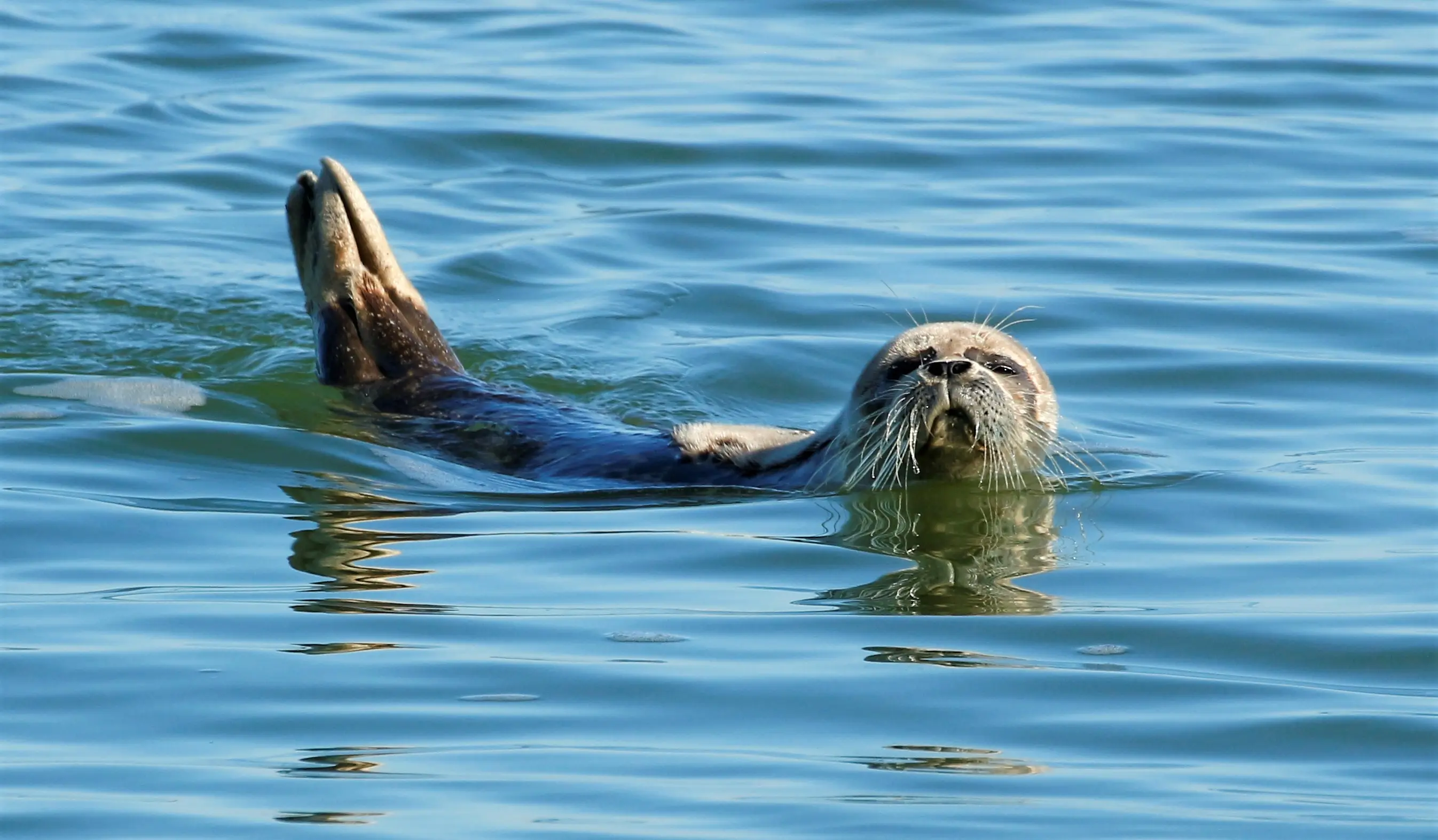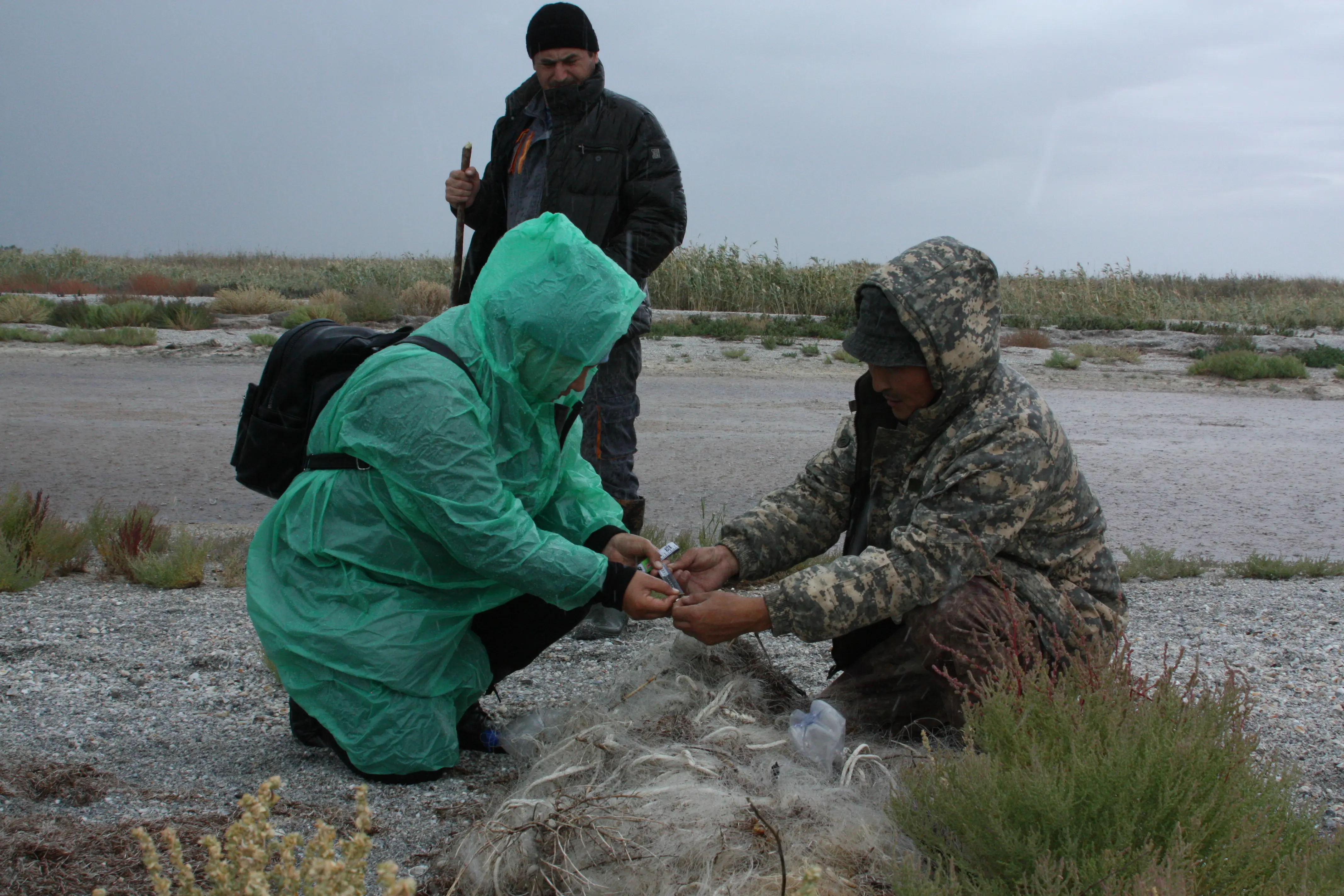
On September 1, 2022, a new expedition within the Caspian Seal Population Conservation Project started; it includes the collection of ghost fishing nets and marine debris on the coast and in the Mangistau Bay. The project is implemented by the Institute of Hydrobiology and Ecology with the financial support of Tengizchevroil and aims to protect and promote the growth of the population of endangered marine species, such as the Caspian seal and the Sturgeon species (Acipenseridae family).
August 27, 2022, a briefing in the Center for Public Communications of Mangistau Oblast was held. Also, there was a meeting on the collection of marine debris and research on its impact on the biodiversity of the Caspian Sea in the Department of Fisheries of Mangistau Oblast. The 2019–2021 research and practice found that the shores of the islands and Tubkaragan Peninsula are experiencing heavy pollution from ghost fishing nets, plastic debris, including microplastics.
The purpose of the work in 2022 is to survey and clean the northern coast of the Tubkaragan Peninsula and the adjacent water area of the Mangistau Bay from ghost fishing nets and debris, as an important measure to restore the Seal Islands as a habitat for the Caspian seal and stabilize their population.

Collection of fishing nets and marine debris is conducted from September 1 to 20, 2022, under the Caspian Seal Population Conservation Project, with the financial support of Tengizchevroil. The project to be implemented by the Institute of Hydrobiology and Ecology. The EcoMangistau NGO and EcoWestAktau LLP will also be involved in the activities.
The results of a survey of seal carcasses and remains found on the west coast of the Tubkaragan Peninsula conducted in the fall of 2019 showed that fishing nets are responsible for most seal deaths.
Surveys in 2020 confirmed that Kulaly Island is the most polluted area on Seal Islands, where many nets (61.8%) are drifted ashore and dumped among the four surveyed islands - Podgorny, Morskoy, Rybachy, Kulaly. Consequently, Kulaly Island serves as a “receiver” of ghost fishing nets for sturgeon species. In 2021 alone, 5,377 kg of marine debris was collected on this island, where approximately 80% is represented by ghost fishing nets, most of the nets are large mesh, for catching sturgeon species.

In total, since 2014, when the project was first supported by Tengizchevroil, 878 ghost fishing nets (20,500 kg) and more than 9,000 kg of marine debris have been retrieved from the Caspian Sea, with 53 sturgeon and 15 seals released from ghost nets. Scientific research to study the distribution of microplastics in the ecosystem of the Mangystau Bay and fish species living there - potential food for the Caspian seal will be continued this year.
The diversity of the Western Kazakhstan ecosystem provides ecological, recreational, cultural, and aesthetic value and plays an important role in the sustainable development of Tengizchevroil. The Company also provides financial support to the Kazakhstan Biodiversity Conservation Association (KBCA) to implement a program to protect the nests of the Sociable Plover, a bird listed as endangered by the BirdLife International (form. IUCN).
In addition, to achieve sturgeon growth, TCO supports the Ural-Atyrau Sturgeon Hatchery by providing them with quality feed for the breeding stock and fry, as well as by acquiring aerators for oxygenation of rearing ponds and an excavator for external dredging work on the farm's ponds.